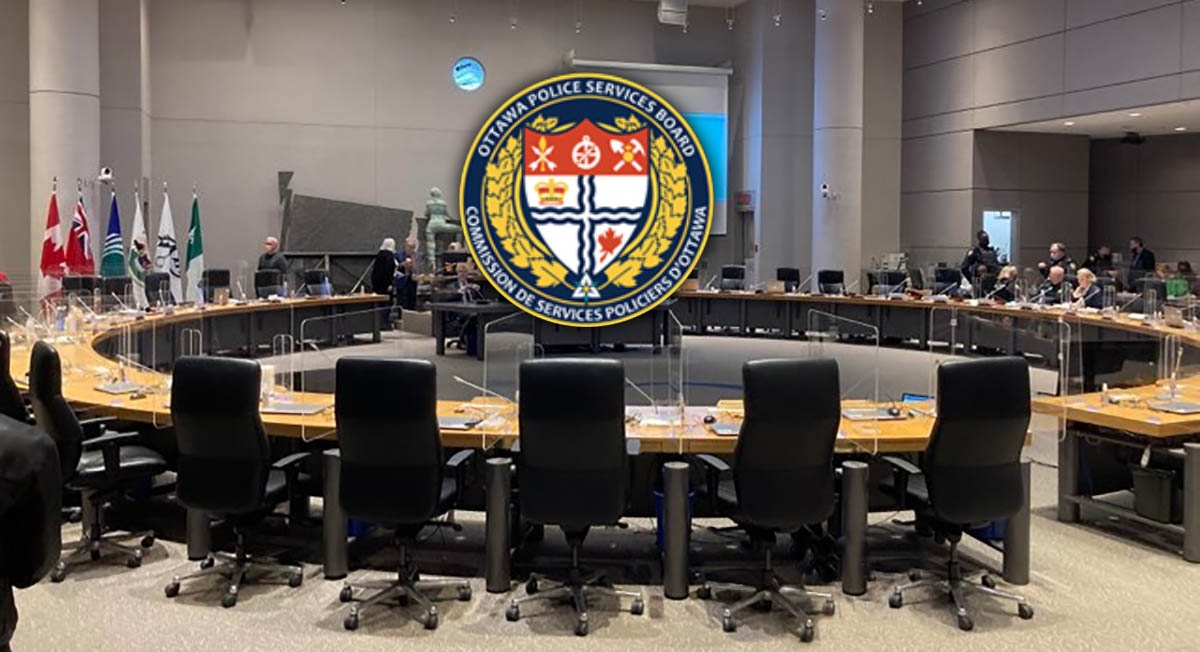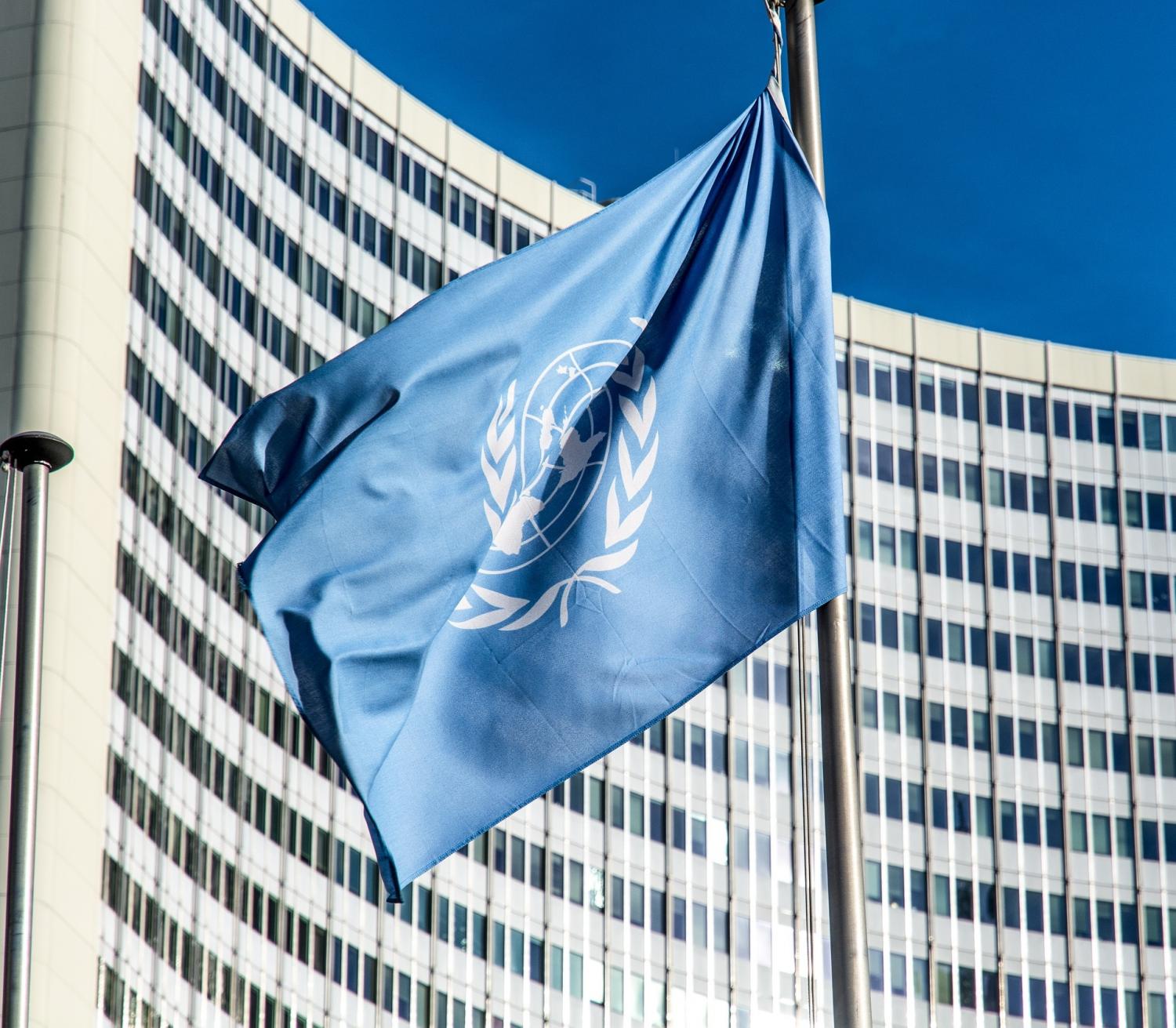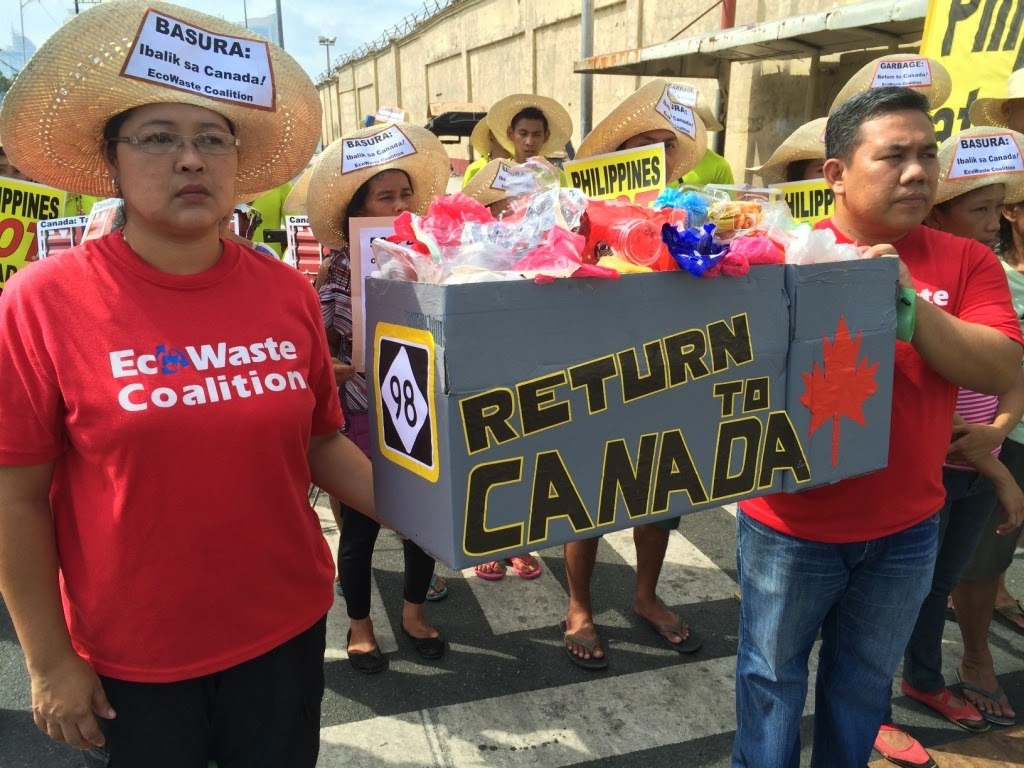
Trying to Understand the Homelessness Epidemic
The homelessness epidemic is a great tragedy, with surprisingly large numbers of people unhoused and living in a desperate manner. Furthermore, the rise in homelessness affects us all.
My wife and I live in Kingston, Ontario. My wife, who is a retired professor of Civil Engineering, and a very capable and practical person, is now rather uneasy about walking about in our downtown shopping area and in parts of some of our parks, as she has occasionally been accosted by somewhat truculent homeless people. I do not have quite the same visceral reaction, but, like most Kingstonians, I have noted the rapid rise in the numbers of homeless people sitting and sleeping on sidewalks, and taking shelter in store entrances. Yes, in the past, we did have our few regular local mendicants, with whom we were familiar. We assisted them gladly and chatted with them occasionally. They now seem to have disappeared, replaced by much larger numbers of rather less friendly folk pushing shopping carts full of their belongings, with a non-trivial fraction exhibiting frightening behaviours, like constant shouting, or aggressive gestures.
Some operators of small shops have moved to locking their doors and only admitting folks after they’ve been scrutinized, or operating on a “by appointment” basis. Some are concerned that they may not be able to stay in business.
And yet, most Canadians will be surprised to learn that the homelessness epidemic is much worse in most other developed countries. We are close to the bottom of the list in this regard. While the statistics are imperfect, it seems that the US has, per capita, about twice the numbers we have, and the UK about five times. France, Germany, and Sweden are at three to four times our level. Denmark, Finland, Iceland and Spain are at about where we are, while Switzerland has only a quarter as many homeless as we do, per capita. So, while climate does play some role, clearly it is not the dominant factor. Furthermore, since homelessness is a widespread, multinational problem, it is not caused by the policy failures of a single government, though, clearly, the political and social frameworks of some nations have mitigated the crisis somewhat better than others. So, what are the causes, and what might be done to alleviate this tragedy?
Thinking about causes:
It’s complicated. There are at least six causes of homelessness, and they are not mutually exclusive. For the majority of the homeless it is likely that a number of these causes are relevant. The six causes that spring to mind are (a) drug or substance abuse, (b) mental illness, (c) PTSD, (d) poverty, (e) family breakup, and (f) other unspecified tragedy.
A look at these factors holds some clues as to why homelessness has increased so much in recent years. For example, poverty was always a cause of some homelessness, but, in Canada at least, welfare systems made paying for at least modest shelter possible. Until recently. The rise in the prices and value of residential accommodation has, of course, been reflected in rent increases. So, many who could once afford some housing of a very modest sort can no longer manage to pay the rent.
Furthermore, paying for housing is even more difficult if one is also feeding a drug or alcohol addiction, so the explosion in the availability of powerful synthetic opioids in recent years has attracted large numbers of vulnerable or unwise people into addiction.
PTSD is also a non-trivial factor. Anyone can have an experience or experiences that induce PTSD, but we know that it is especially prevalent amongst those who have served in the armed forces in conflict zones. Some sources estimate that roughly 10 percent of the homeless in Canada are former members of the Canadian Armed Forces. This statistic has been verified in Kingston, which is one of the traditional garrison towns of Canada but it may be less easy to document elsewhere.
Homelessness due to family breakup is, in part, a subset of two other causes. The first is poverty, because family breakup spreads resources more thinly, exacerbating the inability to pay rent. The other related cause is mental illness, as latent mental illness can be exacerbated by any significant stressor.
Mental illness is the elephant in the room because of how badly Canada has bungled the transition to modern treatment of some mental illnesses. In the time before the development of effective antipsychotic drugs, our inadequate and expensive system for handling the out-of-control subset of the overtly mentally ill was a network of provincially-run psychiatric hospitals to which patients were confined. While some patients were there voluntarily, such institutions were a sort of cross between hospitals and prisons. And then came the development of effective antipsychotics. Patients who responded well to such drugs were released and sent out into the world with a prescription and good wishes. This vastly reduced the cost of their care, but the approach failed immediately if such patients felt so well that they decided they didn’t need their prescription medication anymore. The result is a lot of ill people on the street who wouldn’t be ill if adequately supervised (and took their meds). A less rash step than abandoning the provincial hospitals might have been to reform them, making them into a multi-level graduated support system for former inpatients. For the more severe cases, they could be residential, like half-way houses, with residents able to go anywhere during the day, hold jobs, attend events, etc, but still return for the night, thus enabling a supervisory system that would continue to guide their treatment, and even compel it by judicial order if absolutely necessary in the most extreme cases. Others, who might live independently, would still be required to report in and be counselled or treated (a bit like probation). It seems an odd thing to say, but, in many cases, we’ve let people down by giving them complete freedom.
Thinking about rescue:
Everyone who is homeless deserves to be offered rescue of some sort. They are human beings who are part of the community. But, as resources are not infinite, there are some rather awkward (and unfashionable) questions that need to be asked and answered.
Question # 1: Who gets rescued first?
Yes, there is a housing crisis, or at least a housing affordability crisis, but fixing homelessness is not just about housing; it is about returning people to productive, connected lives. This idea forces us to examine an unpalatable truth. Amongst the homeless population there is a wide range of backgrounds. At one end of it are people who, at some earlier point in their lives, were once quite productive contributors to society, and in whom society has already invested heavily by way of their training and education, and at the other end of the range are those who dropped out of high school, have very limited skills, have never held a steady job, and have been on drugs or roaring drunk since before they were old enough to vote.
An economist (insert your favourite economist joke here) would almost certainly advocate giving some rescue priority to those in whom we had already invested heavily, and who might rapidly become productive again.
Furthermore, the broader public will be more easily convinced that we should invest heavily in rescuing if we have plenty of rescue success stories from our first few rounds of effort.
I’ve been privileged to see the evolution of one such rescue model focused on a particular group. In my home town of Kingston, my choice was to contribute heavily to the Kingston Veterans Village, a project of the Homes For Heroes Foundation. The “village” has just been completed and is a complex (on provincially donated land) of 20 very well-designed but tiny (350 sq ft) townhouses to accommodate 20 veterans who are homeless, with central support systems and facilities and a guaranteed job at the end of the process. In the other two loci where such projects have existed for some time, the duration of stay until the client goes back into the normal rental economy and the workforce has ranged from four months to two years, with the average being under a year. This means that the project should return 10-12 people a year into “normal” society. These people are all folk in which Canada has already invested heavily, and who have considerable skills. And, given that there are estimated to be 40-50 homeless veterans in Kingston, it is to be hoped that, within a couple of years, the project will have reduced that number to the point that it will be able to start accommodating a few homeless veterans from other communities which do not have this capability.
Of course, in due course, the vast majority should be rescued too, but starting with the high-value ones with high odds of success makes some sense.
Furthermore, having been a productive citizen in the past is not the sole criterion for being a high priority for rescue; there is also another group that should be high on the priority list, and that is the very young. Unfortunately, some advocates on the subject of youth homelessness often confound the issues by classifying youth as being up to the age of 24, and, in some data listings, they even count up to age 30 as “youth”. In my view, calling someone old enough to vote a “youth” is inclined to muddy the waters. But homeless teenagers do urgently need rescue. Many are homeless because the situations in the homes from which they came were intolerable. This is a special group that society usually agrees needs to be protected, and housing and counselling are clearly part of that protection.
Question #2: How much of the problem can be resolved by offering transitional housing, counselling, medical care and training?
This is where we get into another unpalatable truth. The homeless fall broadly into three groups. I have no idea the relative size of each group, but they clearly exist.
The first group want help. They should get it. Clearly, it can’t all happen instantly, but, subject to some reasonable priorities, over time, all those who want help should get it.
The second group wants help, but only on their own terms, and those terms are often hugely problematic. For example, there are those who wish to be housed, but also want, in congregate settings, to be allowed to continue to openly administer, buy and sell illegal drugs. This creates an unsafe environment for everyone else in such a setting. Such stances militate against any practical rescue plan for such folk.
The third group, which is likely the smallest, is those who do not want rescue. They do not want to follow any rules. They do not want someone else choosing where they live. They want to be close to their dealer of choice. An unpalatable truth is that there will always be a residuum which cannot reasonably be rescued.
Question 3: What do we do about the second and third groups, and when?
This is another awkward and unpalatable question. Fortunately, we don’t need to answer it unambiguously right now, because we have clearly not put enough resources into rescue efforts to be able to clearly identify the residual second and third group. Furthermore, the resources and policies to address these issues need to come from at least the provincial level of government, not the municipal level. That is because many of the homeless in our communities are not from the communities in which they are now homeless. Not held down by a lease or a job, they are somewhat mobile, and many have moved to loci where they perceive that there are better benefits, less enforcement, less severe weather, or easier access to illegal drugs.
But if, as a society, we get going and provide meaningful rescue for those who actually want it, which means housing, counselling, health care, and work or study (as appropriate), then, after we’ve been able to provide an alternative for those who want it, we have the right and the obligation to react more strongly to the ones who remain obdurate.
At that point, we will have earned the right to compel the few who have not agreed to be rescued to abide by all the rules that the rest of us routinely follow. That means no blocking the sidewalk, no stealing shopping carts, no camping in non-camping public spaces, no terrorizing of small shop owners, and no public disturbances. You know, just like the rest of us.
Header image: iStock









